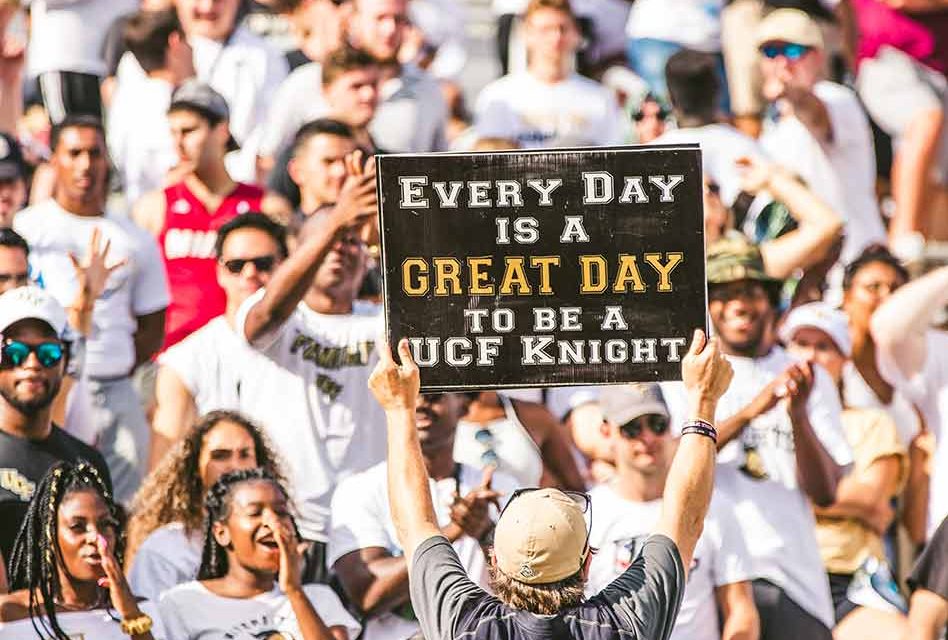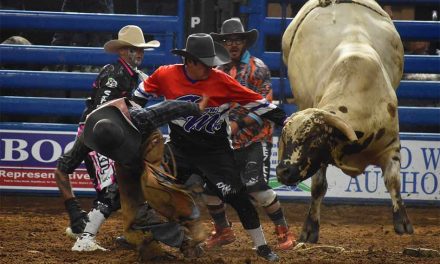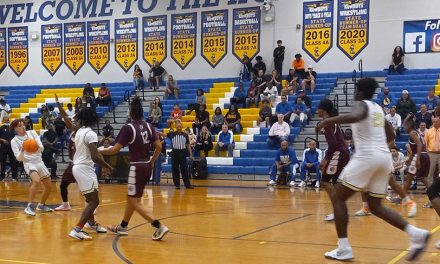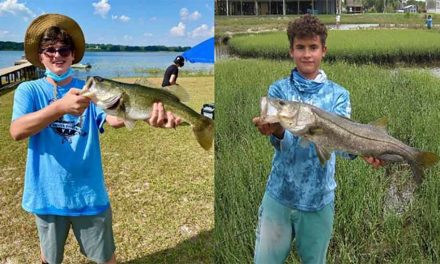If you’ve been dreaming about watching a live football game, particularly a college game, listen up.
The NCAA has released the “Core Principles of Resocialization of Collegiate Sport,” its game plan for restoring its sports in the fall — namely football. It’s guidance on what would be needed to get college sports back in motion during the fall.
From an economic standpoint, colleges need football to fund most everything else in the academic program. But since collegiate athletes are college students first, college campuses must first be deemed safe for a term the decision makers are throwing around: resocialization.
The plan follows many of the guidelines set down by Dr. Anthony Fauci and the National Institutes of Health for state by state guidance. There is one overwhelming distinction with the NCAA plan as it pertains to sports: if campuses aren’t safe for students, they’re not safe for players. Upward spikes in infection spread may cause resocialization efforts to halt or even retreat until infection spikes lower again.
The NCAA laid out core principles needed to move forward — and they are ambitious compared to where we are now. They include:
The ability to provide for on-campus social distancing, temperature checks, and testing and isolating, for students AND for all athletics staff and personnel.
The availability of rapid diagnostic testing.
An oversight system so that newly identified cases can be isolated away from the rest of the population immediately.
Written risk analyses assessment for each school.
Area hospitals must be able to handle the current pacing of cases without being stretched beyond reasonable abilities.
With the core principles in place, progress will be measure in a three-phase process — a lot like what states like Florida have implemented now to re-open the economy, with tourism in the third phase.
- Phase One looks a lot like now, with no gatherings of more than 10 people, continued physical distancing, gyms and common areas where student-athletes and staff are likely to congregate staying closed without strict distance and sanitizing rules.
- After 14 days of no evidence of a rebound, gatherings of 50 people become okay, and non-essential travel can resume.
- After 14 days of no case spikes, coaches and athletics personnel can resume in-person interactions and common areas can reopen with sanitation protocols
The plan talks about “widespread, effective vaccination” happening in the future.
So there is a plan. Football fans, cross your fingers and hope for continued decreased in cases, and maybe there will be football this fall.




















